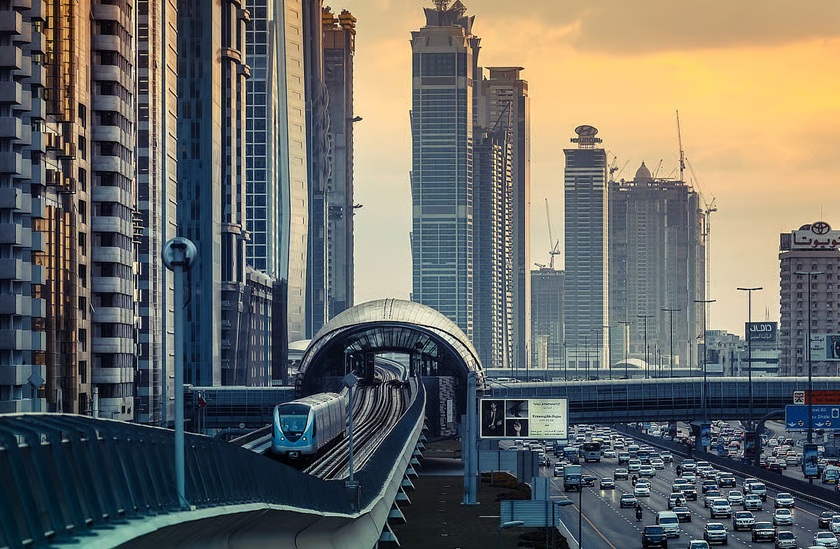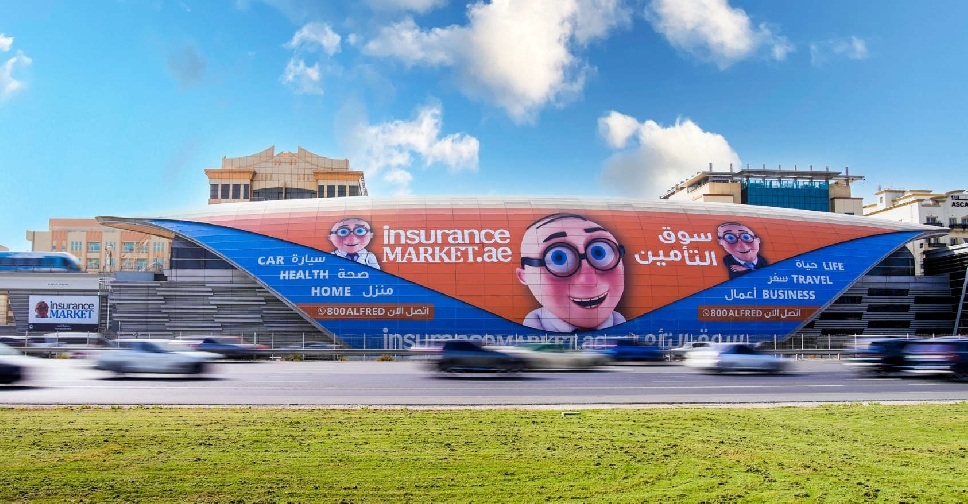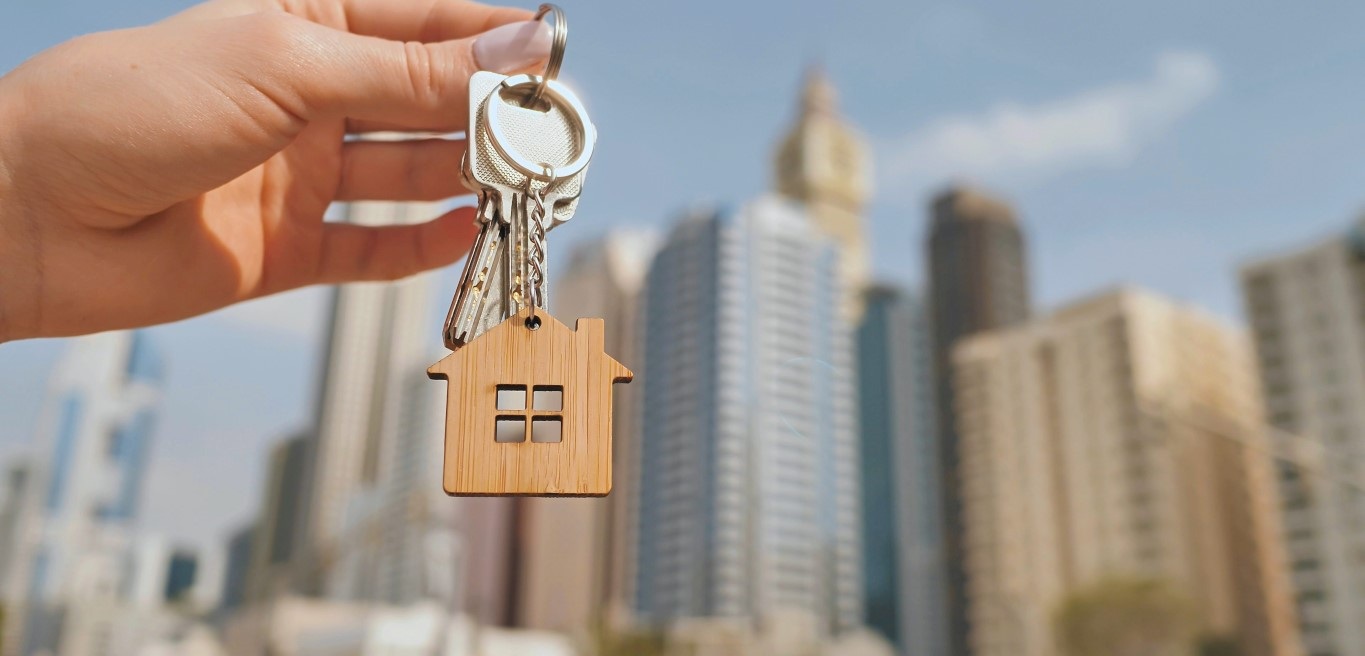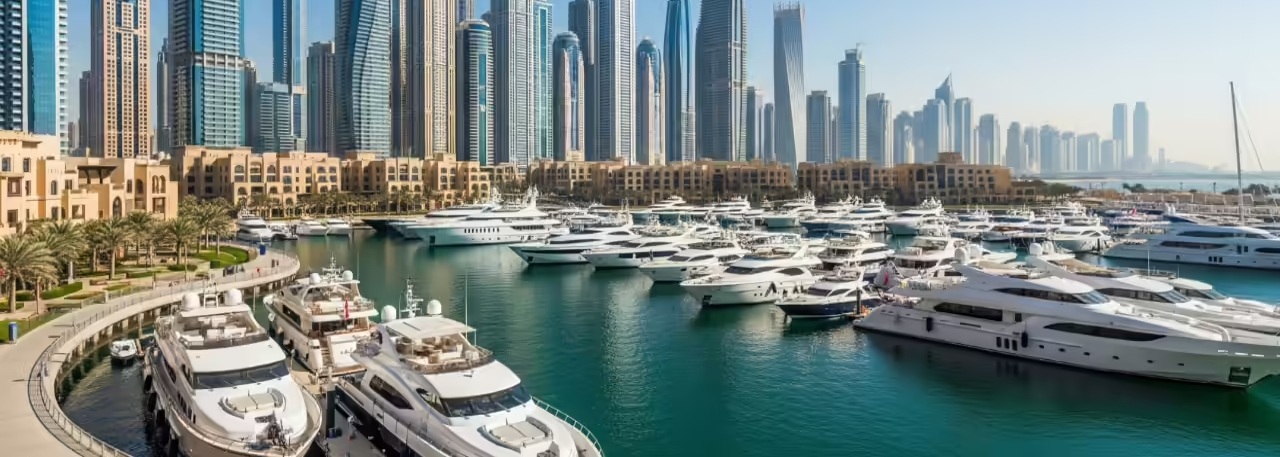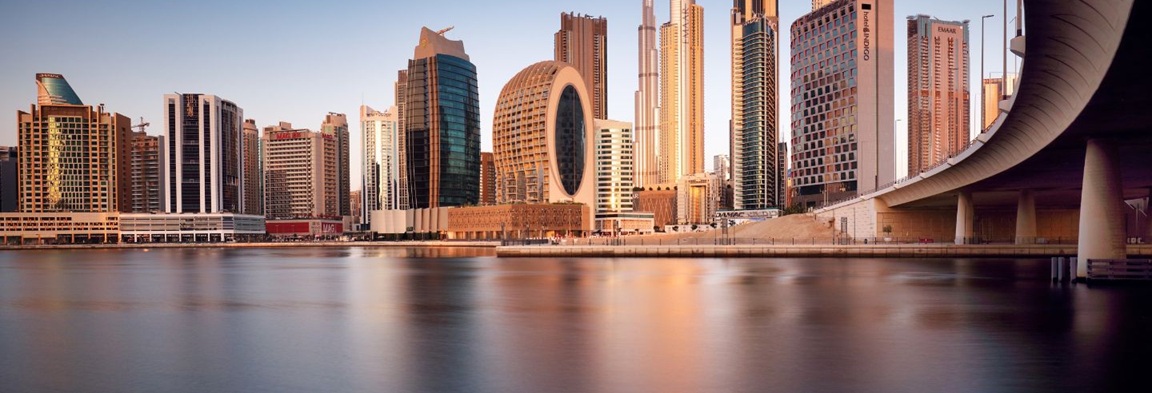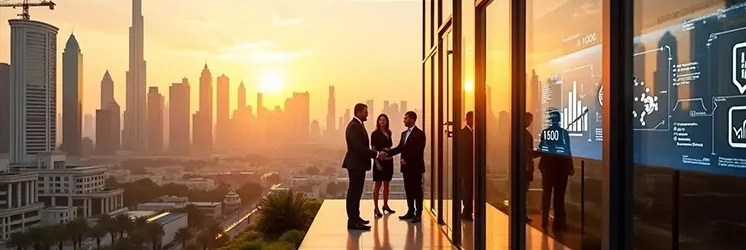Why Do Dubai Metro Stations Keep Changing Their Names?
Wednesday, 30 July 2025
If you’ve ever taken the Dubai Metro and noticed the station names changing over time, you’re not imagining things. With one of the city’s major metro stations recently rebranded, many residents and tourists alike are asking the same question: Why do Dubai Metro stations keep changing their names?
Dubai Metro has transformed urban commuting since its launch 15 years ago, offering a reliable and modern way to travel across the emirate. But unlike many metro systems around the world, a number of its stations are not named after the areas they’re located in. This can make navigating the system a bit confusing—especially when names seem to change every few years.
Table of Contents
- A Revenue Model on the Move
- More Than Just Big Bucks
- Which Stations Have Changed Their Names?
- What’s Next?
- Frequently asked questions
A Revenue Model on the Move
Dubai Metro, since its launch over 15 years ago, has revolutionized how people move around the city. But unlike most global metro systems, many of its stations aren’t named after neighbourhoods or landmarks — instead, they bear the names of companies.
Why? Because back in 2008, Dubai’s Roads and Transport Authority (RTA) introduced what it called a “world-first revenue model” for public transportation. This unique approach opened the door for local and international companies to partner with the Metro system — and in some cases, even rename entire stations after their brand.
From a branding perspective, the exposure is enormous. With an average of 767,000 daily riders, it’s no surprise that businesses want their names to be seen (and said) across the city.
More Than Just Big Bucks
Sure, money is a major factor — but not just any company can grab a station name.
To earn the right to be part of your daily commute, companies must meet several key criteria set by the RTA:
- They must operate in the UAE and have a solid, stable financial foundation.
- They cannot have a track record of unethical behaviour.
- They must respect Dubai’s values and cultural norms.
- They need to demonstrate a positive corporate social responsibility (CSR) reputation.
Basically, it’s not just about writing a check — companies need to show they’re here for the long haul and align with the spirit of the city.
So while some names might raise eyebrows (yes, we’re talking about Alfred from InsuranceMarket), they’ve earned their place through more than just sponsorship money.
Which Stations Have Changed Their Names?
Dubai Metro consists of 64 stations, including nine underground, spread across the Red and Green lines. Out of these, 18 stations have undergone a name change since opening — and some more than once.
Here’s a look at the transformations so far:
- Al Khail → Al Fardan Exchange (Red Line)
- Sharaf DG/Mashreq → InsuranceMarket (Red Line)
- Al Fahidi → Sharaf DG (Green Line)
- Al Rashidya → Centrepoint (Red Line)
- Al Jafiliya → Max (Red Line)
- Dubai Marina/DAMC Properties → Sobha Realty (Red Line)
- Khalid Bin Al Waleed → BurJuman (Transit Line)
- Noor Islamic Bank/Noor Bank/Al Safa → Onpassive (Red Line)
- Al Karama → ADCB (Red Line)
- First Gulf Bank/First Abu Dhabi Bank/Umm Al Sheif → Equiti (Red Line)
- GGICO → Al Garhoud (Red Line)
- Nakheel → Al Khail (Red Line)
- DUBAL → Energy (Red Line)
- Jebel Ali Industrial → Danube (Red Line)
- Jebel Ali → UAE Exchange → Life Pharmacy (Red Line)
- Jumeirah Lake Towers (JLT) → DMCC (Red Line)
- Nakheel Harbour and Tower → Jebel Ali (Red Line)
- Etisalat Station → Etisalat by e& (Green Line)
Fun fact: GGICO Station, originally named after Gulf General Investment Company, has kept its name since opening in 2010 — a rare consistency!
What’s Next?
Dubai’s Metro network is just getting started. Big plans are in place to expand the system to 228 km with 140 stations by 2040. In the nearer future, 96 stations will cover 140 square kilometres by 2030, making public transport even more accessible across the emirate.
One major development is the Blue Line, set for completion by 2029 — though the station names haven’t been revealed yet. But based on the current naming strategy, it’s highly likely that we’ll see even more branded names pop up on the map in the coming years.
The next time you’re confused about a name change on the Metro map, remember: it’s part of a broader strategy that helps fund and sustain one of the most efficient public transport systems in the world.
So whether you’re hopping off at Equiti, InsuranceMarket, or Life Pharmacy — just know you’re part of a transit system that’s not just moving people, but also driving innovation and investment.
Frequently Asked Questions (FAQs)
Why do Dubai Metro stations change their names so often?
Dubai Metro stations are renamed as part of a unique revenue model where companies can purchase naming rights. This generates additional income for the city’s transport system and promotes brand visibility for the companies involved.
Is it only about money?
While revenue is a major factor, it’s not the only one. Companies must meet specific criteria related to ethical conduct, corporate social responsibility, and alignment with Dubai’s cultural values before they are approved.
Who decides the new names of metro stations?
The Roads and Transport Authority (RTA) of Dubai oversees the naming rights program. They evaluate companies based on financial stability, reputation, UAE presence, and CSR initiatives before approving any rebranding.
Can individuals buy naming rights for a station?
No. Only companies and organizations with an established presence in the UAE and a strong corporate profile can acquire naming rights. Personal or individual names are not permitted.
How many stations have been renamed so far?
As of 2025, 18 out of the 64 operational metro stations across the Red and Green lines have been renamed since the system’s launch in 2009.
Will the Blue Line stations also have brand names?
Although the names for Blue Line stations haven’t been announced yet, it’s likely that some of them will also be offered for brand partnerships, continuing the RTA’s naming strategy.

